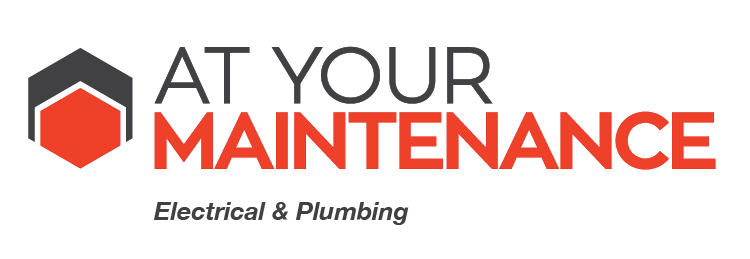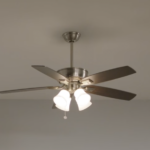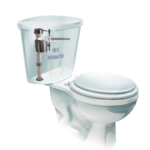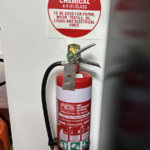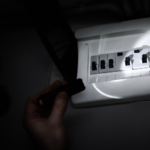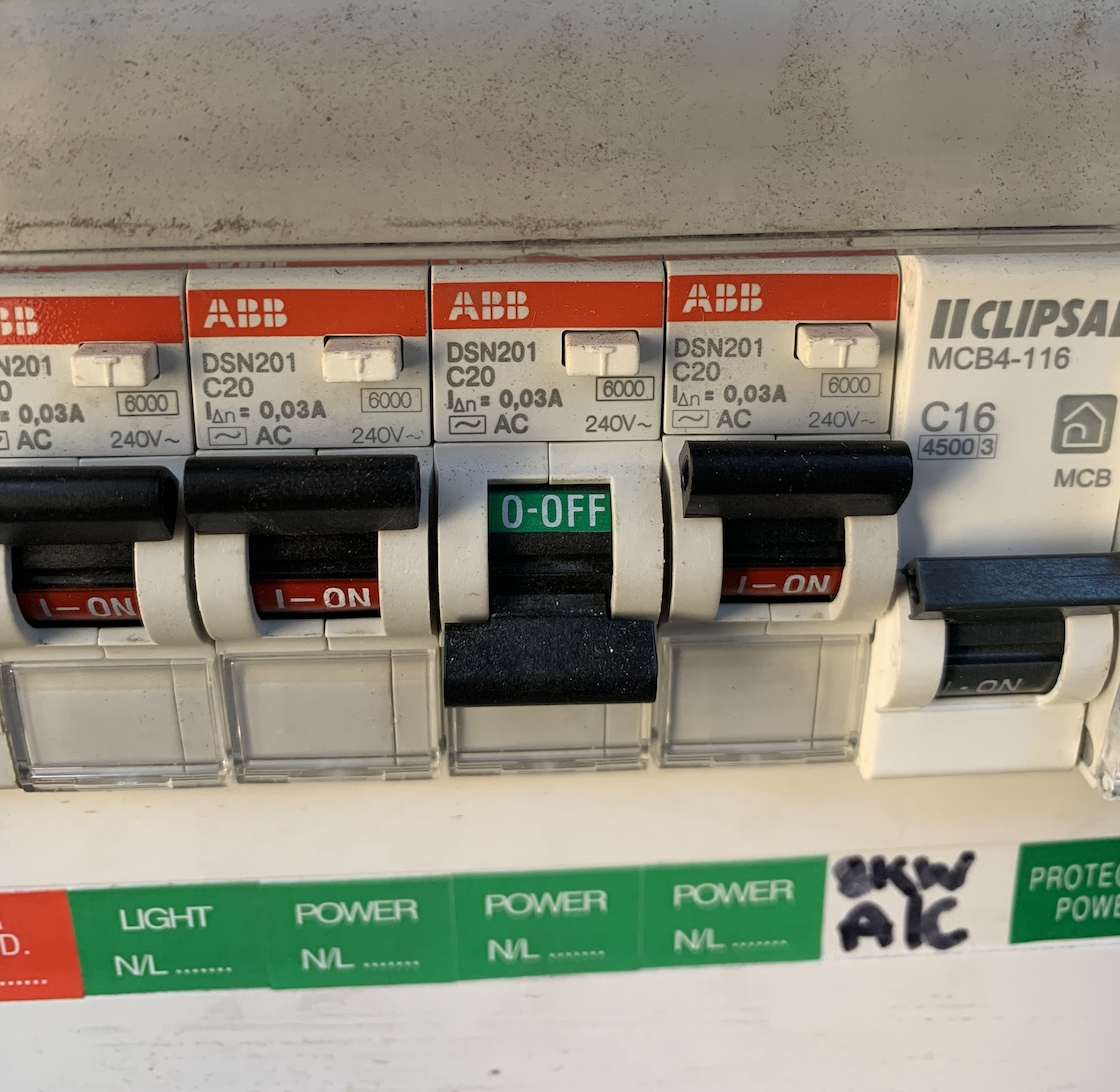
The switchboard/switchbox is the most important part of a house and building. They house circuit breakers, safety switches, and fuses. So, let’s talk about how to turn them back on when they turn off.
Their primary purpose is to protect circuits within the home, ensuring the safety of both people and appliances from electrical harm. They also connect electrical systems to the electricity meter, serving as the main point for circuits to receive their power supply.
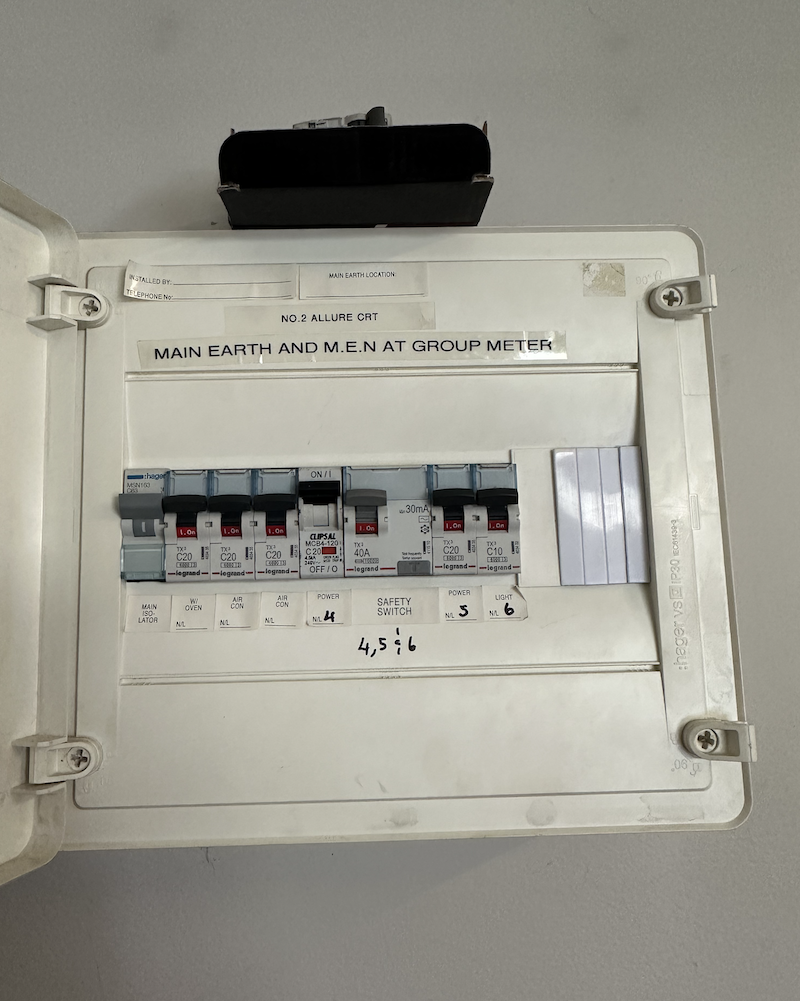
To ensure optimal functionality, it is important to have a reliable local electrician who offers professional emergency services specifically for electrical switchboards and switchboxes. These experts are available at any time to address issues that may arise with these essential components. Located predominantly at the front of properties, electrical switchboards and switchboxes contain critical elements such as safety switches, circuit breakers, and fuse boxes.
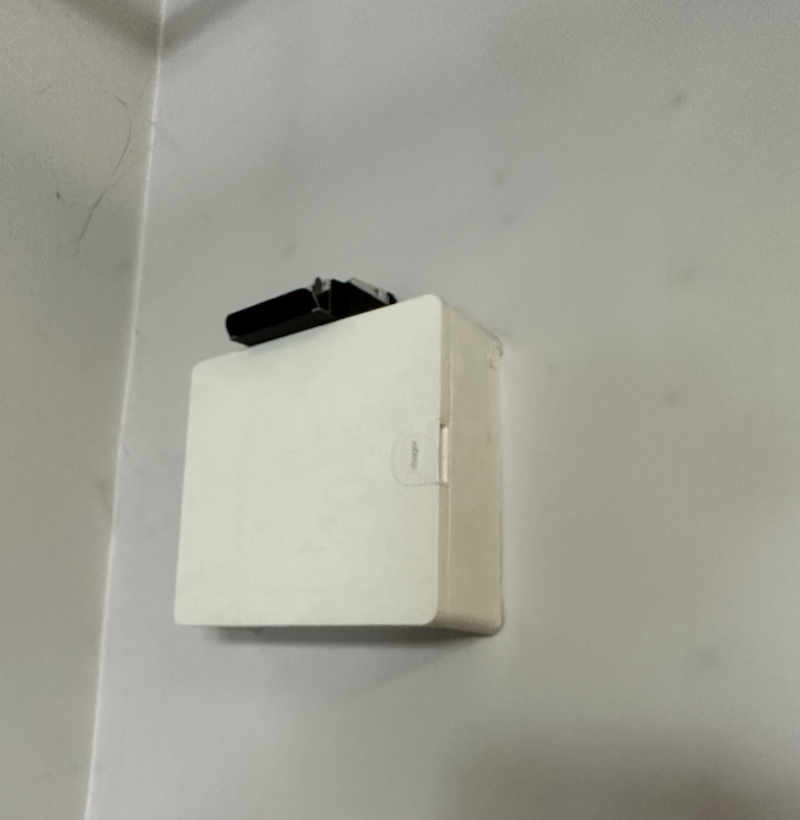
These components play an important role in distributing power safely throughout the property while preventing any potential hazards or accidents. In instances where a circuit has tripped or a power outage occurs, it is imperative that an inspection of the switchboard and switchbox take place promptly by qualified professionals.
By prioritising regular maintenance checks on these integral parts of your electrical system with trusted electricians specialising in emergencies involving switchboards and switch boxes, you can ensure that your building’s power distribution remains efficient, reliable, and safe at all times.
WHAT IS THE SWITCHBOARD OR SWITCHBOX?
On any property, you can find a switchboard or switchbox (they are the same thing) that serves as an important hub for various systems.
Switchboards include several components such as;
- safety switches
- circuit breakers to ensure the smooth functioning of electrical systems
Safety switches: play a critical role in protecting specific systems by automatically cutting off the power supply whenever they detect an electrical surge or spike.
By swiftly responding to these anomalies, safety switches help prevent potential damage or hazards.
Circuit breakers: are another essential component of a switchboard. Each circuit breaker is responsible for monitoring and safeguarding its own dedicated circuit against power spikes. In the event of an electrical overload on a particular circuit, the corresponding breaker will promptly shut off power to that circuit while allowing other circuits to remain operational.
These components work hand in hand with a switchboard to provide reliable protection and maintain uninterrupted electricity flow throughout the property.
A fuse box: functions similarly to safety switches, as it protects appliances and individuals from the damage caused by excessive electrical currents. In addition, electrical switchboards serve as the main hub for distributing electrical power throughout a building.
Electricians utilise circuit breakers within these switchboards to establish separate circuits for various sections of the home, with one circuit dedicated to lighting and another potentially designed for outdoor use.
The electricity meter: connects to the switchboard, monitoring and recording the amount of electricity consumed on behalf of the electrical provider.
WHERE IS THE SWITCHBOARD OR SWITCHBOX OFTEN LOCATED?
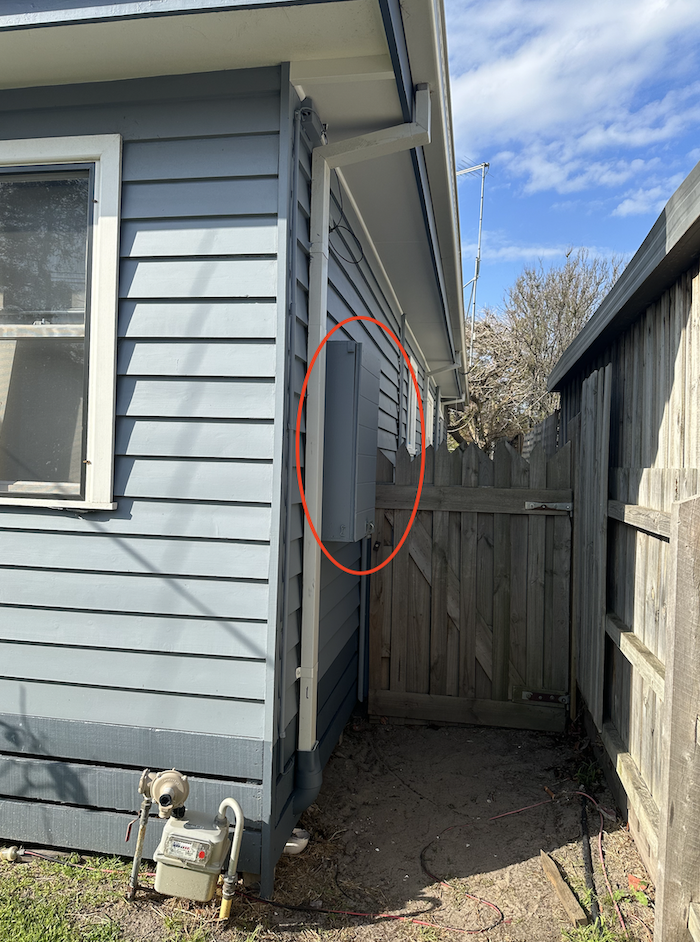
In order for electricity meter readers to easily access the electricity meter, it is typically located at the front or side of a building.
This ensures convenience and efficiency for their work. The meter is connected to a switch box, which explains why they are positioned in accessible areas.
It is important for the switch box to have proper ventilation and be located outside to prevent overheating of the internal systems.

While most switch boxes are found on the side or front of buildings, there may be rare instances where they are situated in basements, undercover driveways, carports or hallways.
HOW CAN I USE THE SWITCHBOARD OR SWITCHBOX?
For individuals who do not have proper training in electrical work, it is strongly advised to avoid touching or attempting to work on a switchboard.
The switchboard contains numerous electrical components and systems, making it potentially dangerous and risky for untrained individuals.
However, there may be specific situations where someone with the necessary expertise might need to handle the switchboard or switchbox.
CIRCUITS NOT WORKING
If you’re experiencing a power outage in one area of your home or circuit, it could be due to an electrical surge.
For example, if the lights or appliances in your kitchen are not working, it’s possible that the switchboard system has encountered potential electrical hazards and shut down to protect your safety.
To troubleshoot this issue, start by inspecting the switchboard to see if any circuit breaker switches, safety switches, or fuses have tripped. In many cases, simply switching these tripped breakers back into the “on” position will restore power to the affected area.
However, if the system continues to trip or fails to restore power after resetting the breakers, it is important to contact a licensed electrician for further assistance and diagnosis.
WHAT ARE SOME PROBLEMS WITH THE SWITCHBOARD AND SWITCHBOX?
Some of the common issues that often arise with electrical switchboxes and switchboards include rust.
Rust is a common issue that can occur when switchboards are exposed to the elements and not properly maintained. When rust develops, there is a high risk of component failure within the switchboard.
The rust can eat away at the metal, creating holes that may allow rainwater to penetrate and cause further damage. Therefore, it is crucial to ensure regular inspections and maintenance to prevent rust formation and protect the integrity of the switchboard.
HOW TO TURN MY SWITCHBOARD POWER BACK ON IN AUSTRALIA – THE STEPS
In Australia, resetting a safety switch involves following specific steps. Typically, electrical safety switches are found in the electrical switchboard. To ensure proper electrical maintenance, it is essential to test your safety switch annually.
If you are experiencing a power outage and need to turn your switchboard power back on in Australia, follow these steps:
Step 1. Check if the power outage is only affecting your property or if it is a widespread issue in your area. You can do this by asking your neighbours or checking with your electricity provider.
Step 2. Locate your switchboard, which is usually found in a garage, basement, or utility room. It houses the circuit breakers and safety switches for your electrical system.
Step 3. Open the switchboard door and inspect the circuit breakers. Look for any switches that are in the “off” or middle position.
Step 4. Reset the circuit breakers by switching them to the “on” position. If a circuit breaker has tripped, it may be due to an overload or a faulty electrical appliance. In this case, it is recommended to unplug the device causing the issue before resetting the breaker.
Step5. If the circuit breakers are all in the “on” position and you still don’t have power, check the safety switches. Safety switches are designed to protect you from electrical faults and can trip if a fault is detected. Look for a switch labelled “RCD” or “Safety Switch” and try resetting it by switching it to the “on” position.
Step 6. If resetting the circuit breakers and safety switches doesn’t solve the problem, it is recommended to contact a licensed electrician to assess and fix the issue. Working with electricity can be dangerous, so it’s important to prioritize your safety and seek professional help if needed.
Remember, if you are unsure or uncomfortable dealing with your switchboard or electrical system, it is always best to seek professional assistance to ensure your safety and the proper functioning of your electrical system.
Do you need a new switchboard? We have broken down the costs associated with a new Switchboard.

